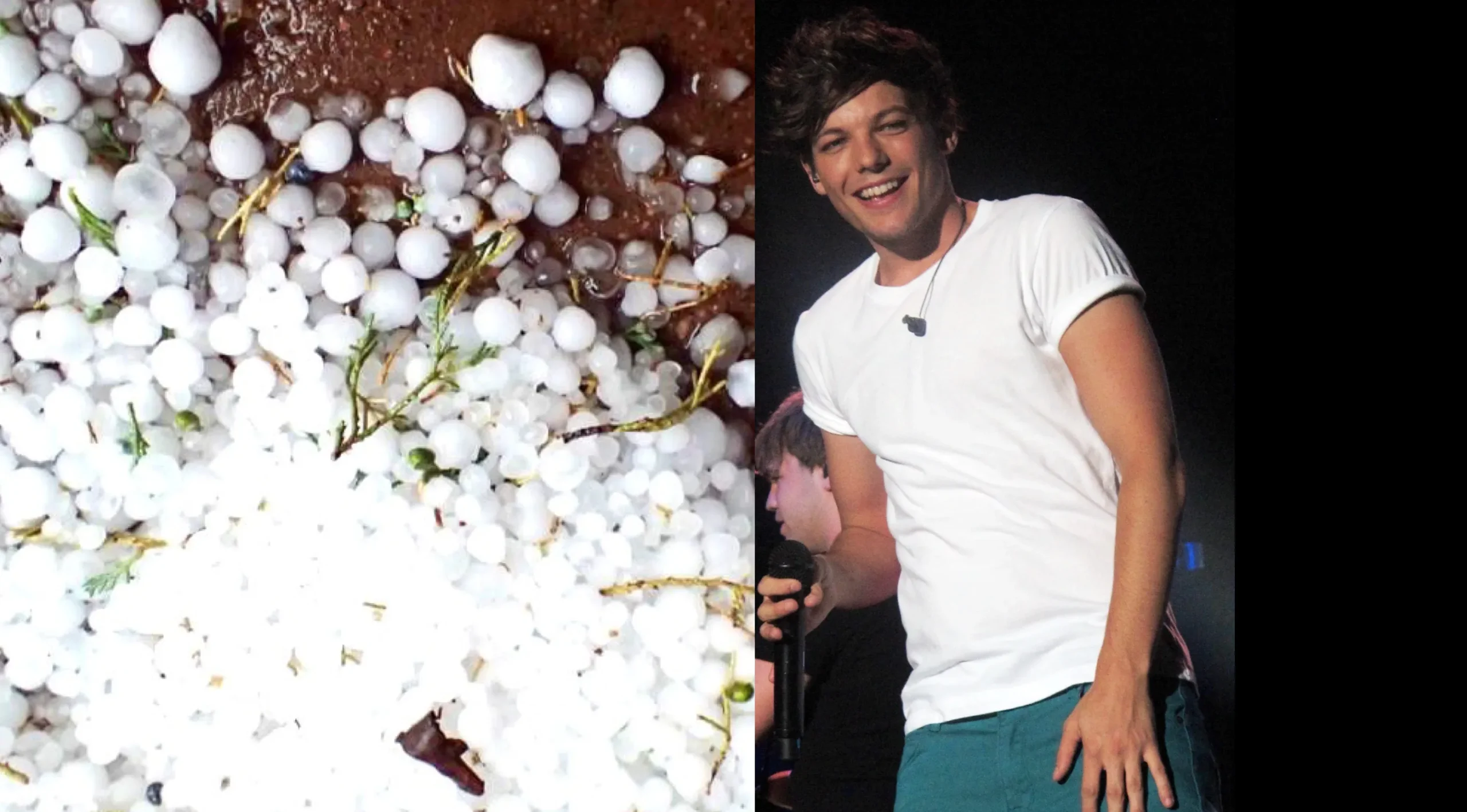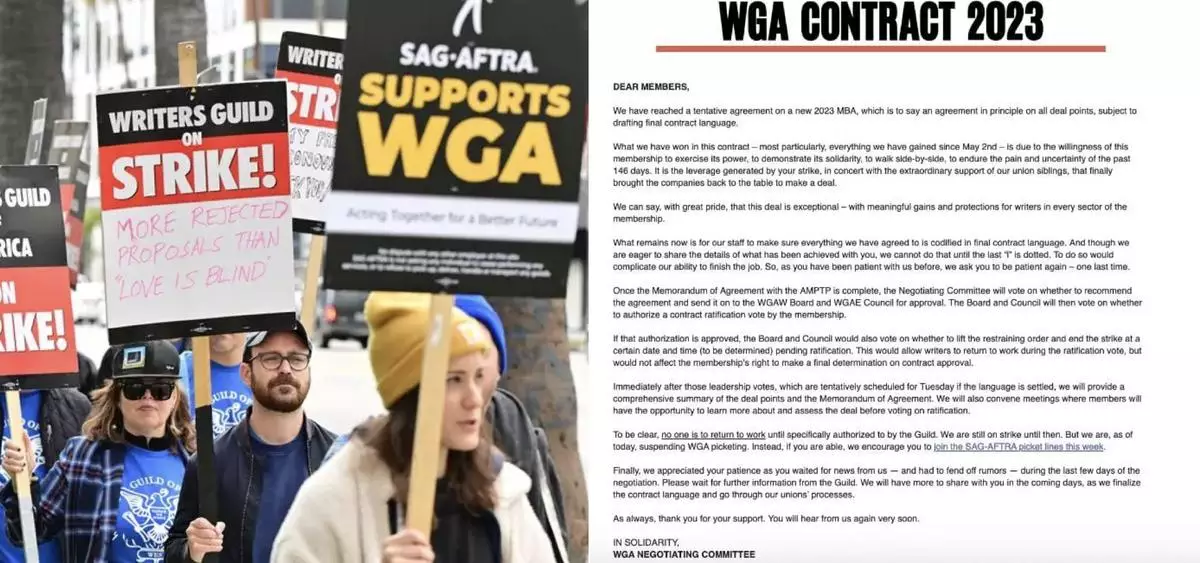In a stunning turn of events, a powerful hailstorm wreaked havoc at the iconic Red Rocks Amphitheatre near Denver, Colorado, leaving concert attendees injured and forcing the cancellation of a highly anticipated performance by Louis Tomlinson. The incident highlights the increasing risks posed by severe weather events in the era of climate change.

Photo Credit: Wikimedia Commons
A fierce storm swept over the iconic Red Rocks Amphitheatre near Denver, Colorado, unleashing a barrage of golf ball-sized hail that left dozens of concertgoers injured and forced the cancellation of a highly anticipated performance by former One Direction member Louis Tomlinson. The storm’s impact was swift and severe, resulting in as many as 90 people requiring treatment for non-life-threatening injuries, with seven individuals needing hospitalization. The scene at the amphitheater turned chaotic as attendees scrambled for cover, seeking refuge wherever possible.
The Red Rocks Park and Amphitheatre had been buzzing with excitement as fans eagerly awaited Louis Tomlinson’s concert. However, nature had other plans in store. As the storm clouds rolled in, signaling an impending downpour, the National Weather Service issued a severe thunderstorm warning for the area, including the amphitheater. The forecast predicted winds of up to 50 mph and the possibility of golf ball-sized hail. The atmosphere was charged with anticipation, but little did the concertgoers know that the storm would escalate into a perilous situation.
Bella Oliveira, one of the attendees, found herself in a terrifying predicament as the hail began to fall. She recounted the harrowing moments of seeking shelter amidst the chaos. Oliveira managed to take cover where beverages were being sold, using her backpack as a shield. Despite her efforts, she sustained injuries to her head and shoulder during the incident. Her experience was shared by many others who were caught off guard by the sudden and intense hailstorm.
Videos captured by concertgoers showcased the storm’s ferocity. As hailstones bombarded the amphitheater, lightning illuminated the darkened sky. Startled and alarmed, attendees hurried past, seeking safety from the onslaught. In one video, hailstones can be seen cascading down a staircase, while in another, a group huddles together in a crowded bathroom, hoping to ride out the storm’s fury. The images depicted a surreal scene, as though ripped from the pages of a movie script.
The cancellation of the concert disappointed both fans and the headliner himself. Louis Tomlinson took to Twitter to express his devastation, assuring his supporters that he would return to make it up to them. The concert had already experienced two postponements due to the adverse weather conditions. Initially, fans were instructed to seek shelter in their vehicles until an “all clear” was given, prompting them to return to the venue. However, the situation rapidly deteriorated, leading to the final decision to cancel the performance and advise fans to head home.
The storm that battered the Red Rocks Amphitheatre was not an isolated event. Across the United States, severe weather conditions were wreaking havoc. The Storm Prediction Center reported a total of 11 tornadoes, with six touching down in Colorado alone. Tragically, four lives were lost when a tornado struck Matador, a small town in northwestern Texas. These incidents underscored the immense power and destructive potential of such storms.
Hailstorms, though relatively uncommon, pose significant dangers to life and property. Climate change is believed to be a contributing factor in the increasing frequency and intensity of giant hailstorms. Scientists assert that the warming of the Earth’s atmosphere raises the altitude at which ice melts, causing smaller hailstones to dissolve before reaching the ground. However, larger hailstones are more likely to endure and grow, resulting in more severe hail when they do make an impact.
While there is still much to learn about the precise effects of climate change on hailstorms, research suggests that different regions of the world may experience varying impacts. A study conducted by Tim Raupach at the UNSW Sydney Climate Change Research Centre projected a decrease in hailstorm frequency in North America and East Asia, accompanied by an increase in Europe and Australia. Regardless of geographical variations, the intensity of hailstorms is projected to escalate globally.
In the United States, certain states are more prone to hailstorms than others. Colorado, Nebraska, and Wyoming typically witness the highest number of hailstorms each year. These storms can cause substantial damage to property, disrupt daily life, and pose risks to human safety. As climate change continues to unfold, it becomes increasingly vital to monitor and understand the potential consequences of severe weather events like hailstorms. Efforts to mitigate climate change and adapt to its impacts are imperative for safeguarding communities from the growing threat of increasingly frequent and severe weather phenomena.
The hailstorm at the Red Rocks Amphitheatre serves as a stark reminder of the unpredictable nature of our changing climate. Concertgoers, excited for a night of music and entertainment, were instead met with a dangerous weather event that left many injured and shattered the anticipation of a memorable performance. It is incumbent upon us to recognize the role that climate change plays in intensifying these extreme weather events and take concerted action to protect ourselves and future generations from their devastating impact.
Stay connected with Today On Globe for the latest Global Issues and News Updates.
Explore more related articles at [TOG News / TOG Article]













